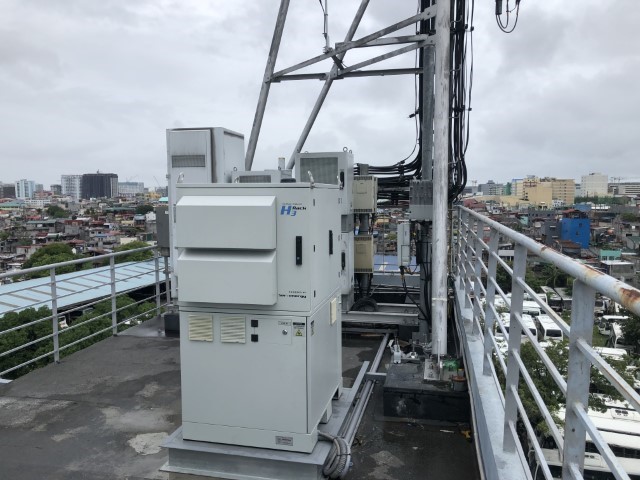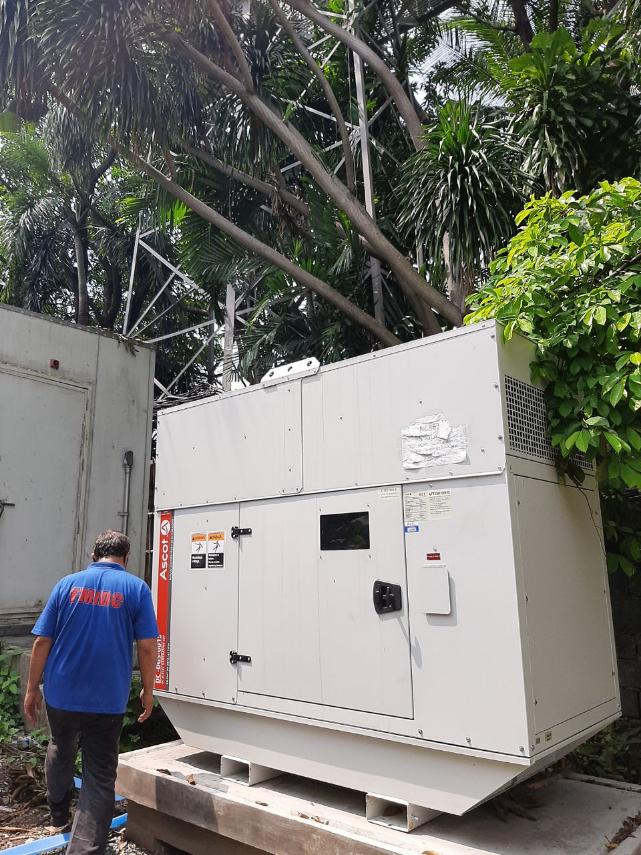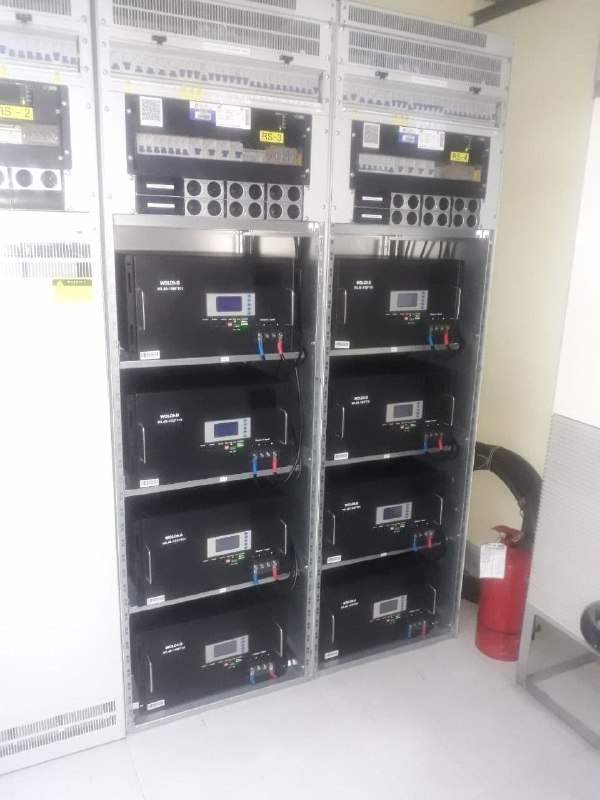Globe endeavors to reduce carbon emissions across its network by consuming cleaner fuel at lesser quantities, achieving lower emissions and maintaining energy-efficient heat removal throughout its operations.
Fuel cell systems, direct current generators, lithium ion batteries, and free cooling systems are some of the green network solutions that the company has been successfully deploying system-wide since 2014.

Energy and emission data are monitored on a monthly basis, while data validation is conducted on a quarterly basis.
As of 2020, there are a total of 203 fuel cell systems, 6,467 lithium ion batteries, 212 Direct Current Generators, 60 DC-Hybrid Generators, and 538 free cooling systems deployed across Globe’s network nationwide.

Fuel cell systems produce less emissions compared to traditional generator sets, and operate silently thereby reducing noise pollution in surrounding areas. Globe started deploying fuel cell systems in 2014 as a green solution alternative to diesel generator sets that provide backup power to cell sites.
Deployment of lithium ion batteries aim to replace lead-acid batteries used in powering cell sites. This green solution is more heat-resistant, has a faster charging time, and has an operational life that is ten times longer than traditional lead-acid batteries. This translates to less waste generated over time while maintaining a more efficient back-up power system.

The telco has also been utilizing DC generators and DC-hybrid generators for several years now to reduce fuel consumption, and provide a more cost-efficient solution for open field sites. Moreover, free cooling systems (FCS) have also been deployed to reduce power consumption of air conditioning systems at field sites. FCS uses controlled ambient air flow to maintain the optimal equipment operating temperatures within a cabin without compromising reliability and availability.
All these solutions were cited by the recently published Mobile Net Zero – State of the Industry on Climate Action 2021 report by the GSMA. The report also highlighted Globe’s implementation of an ISO 14001-certified Environmental Management System along with its commitment to environmental transparency through the Climate Disclosure Project.
By 2030, Globe will upgrade infrastructure and retrofit its industries to make them sustainable with increased resource-use efficiency and greater adoption of clean and environmentally-sound technologies resulting in 30% reduction of CO2 emission intensity based on 2017 levels.
“We continue to engage partners in implementing renewable energy solutions such as solar panels and fuel cells within our operations. These will further shift Globe’s energy reliance towards renewable sources, further decarbonizing our operations. In support of the Race To Zero global campaign, Globe continues to innovate and collaborate with partners to integrate sustainability and champion energy efficiency throughout the entire organization,” said Ernest Cu, Globe President and Chief Executive Officer.
The Race To Zero global campaign is led by the United Nations Framework Convention on Climate Change (UNFCCC) and COP26 Presidency and backed by the GSMA, the global mobile industry body. This activity is part of the GSMA’s bid to lower greenhouse gas (GHG) emissions to net zero no later than 2050 through the collective efforts of all mobile network operators around the world.
All these are part of Globe’s commitment to the United Nations Sustainable Development Goals such as UN SDG No. 12—Sustainable Consumption and Production—which is about achieving economic growth and sustainable development by urgently reducing ecological footprint. It is also about decoupling economic growth from environmental degradation, increasing resource efficiency and promoting sustainable lifestyles by changing the way people produce and consume goods and resources; and SDG No. 13, which is to take urgent action to combat climate change and its impacts.
